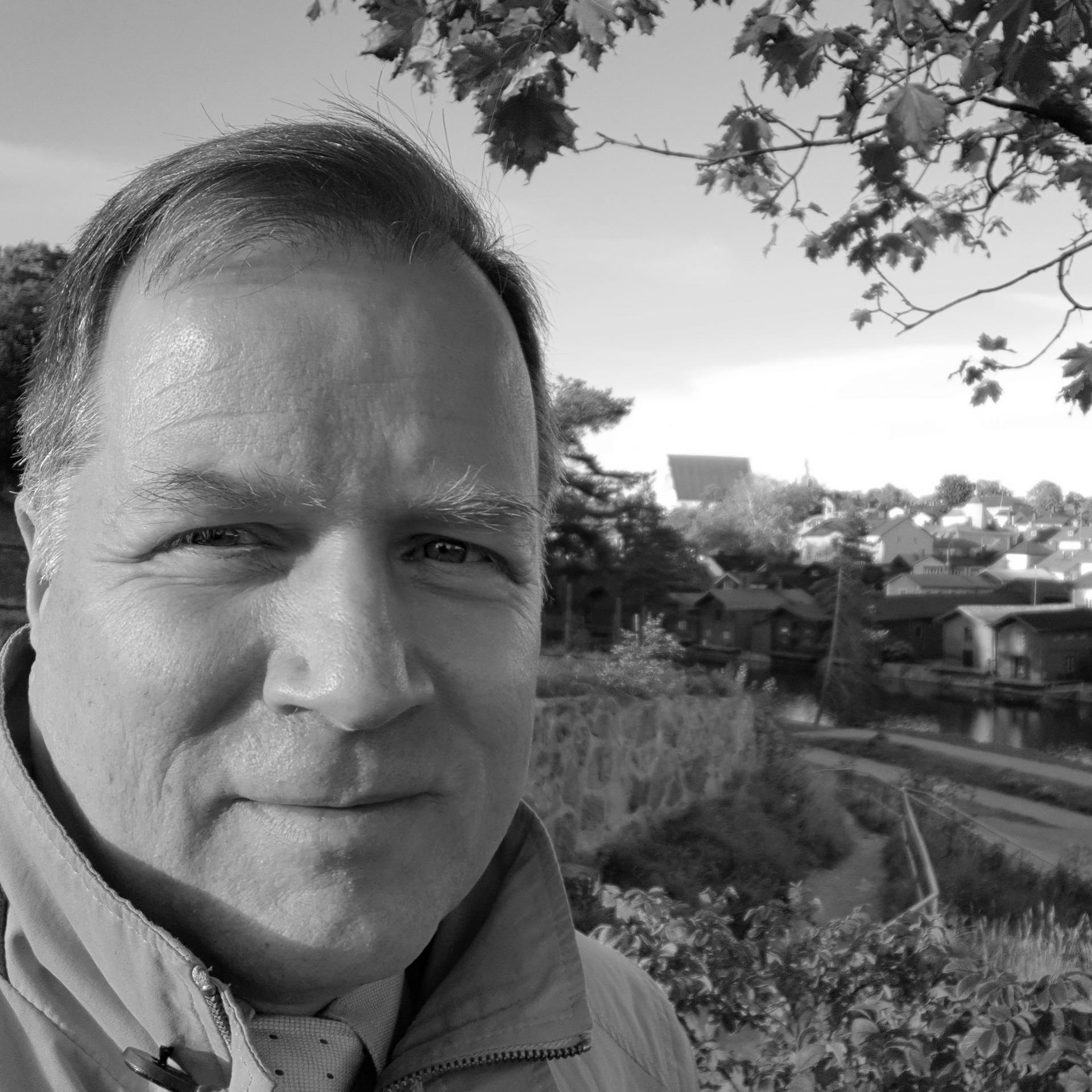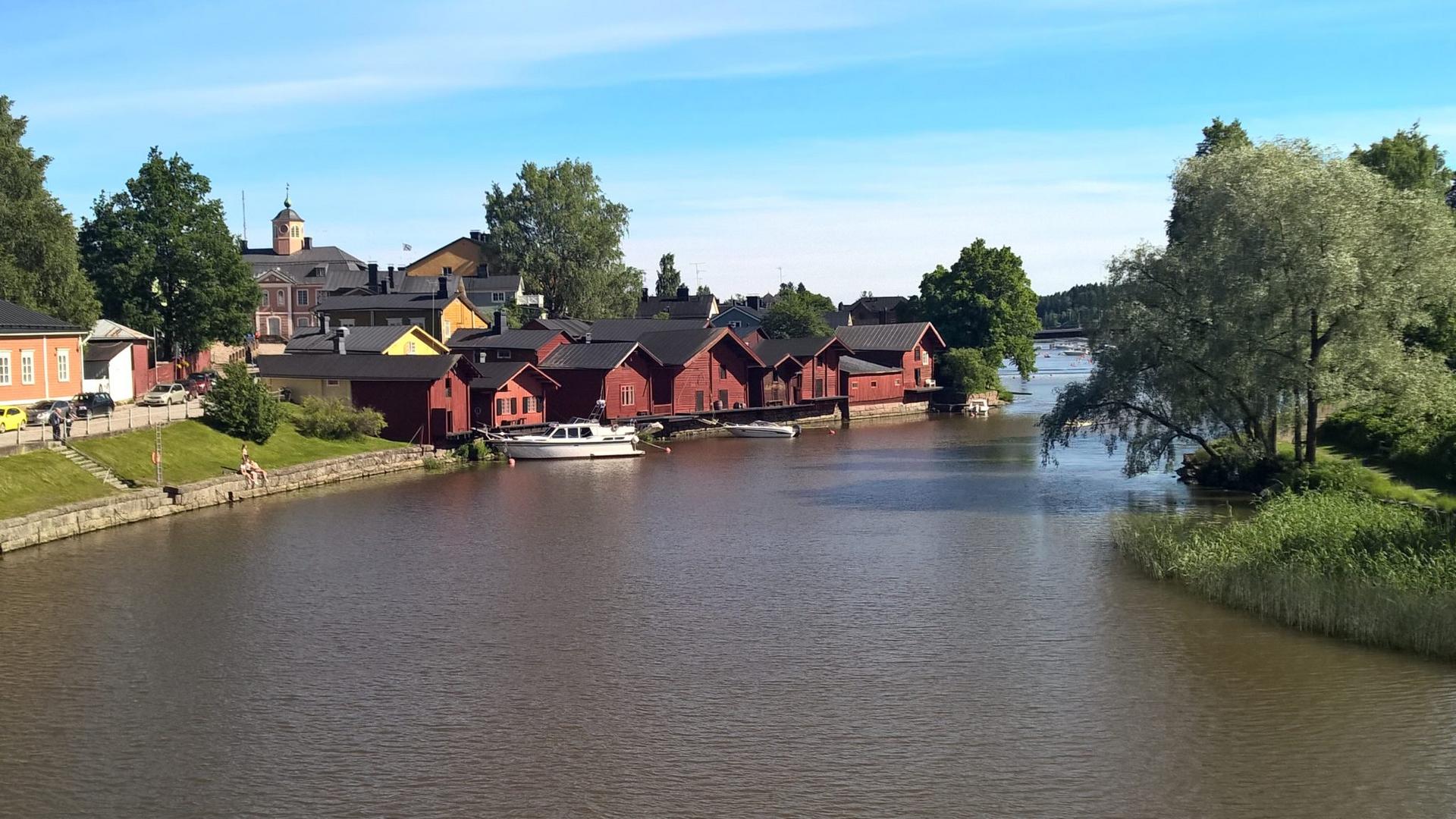Waterway protection has been a Finnish success story. In the early 1980s, when I was first introduced to the field, I was full of enthusiasm and ready to save the waterways and the Baltic Sea. Back then, compared to the way things are today, we were in many areas just in square one. The efficiency of municipal wastewater treatment was nowhere close to the level it is today. Wastewaters from the forest industry were treated using mechanical sedimentation. The coastline of the Gulf of Finland and the Lake Päijänne, for example, are much cleaner today. I have had the opportunity to keep track of developments in waterway protection, and to be a part of the work. But as of yet, we are nowhere near the finish line. The algae summer of 2018 was another reminder of this fact.
We have travelled far from the days when the argument was on whether municipal wastewater treatment plants could reach a phosphorus level of 1.0 mg/l. Today, the best treatment plants consistently attain the level of 0.1 mg/l. This is a brilliant result when we consider that in untreated wastewater, the level is 5-6 mg/l. I thank and bow to all who have made this possible.
For quite some time now, I have wondered why municipalities invest large sums in wastewater treatment, but are unable to curb discharges from non-point sources. Around two per cent of the phosphorus that enters the marine area in front of Porvoo originates at the Porvoo city treatment plant in Hermanninsaari. Approximately the same amount comes from the Kilpilahti industrial area, where the largest oil refinery and petrochemical cluster of the Nordic countries is located. The rest of it, i.e. more than 90% of the phosphorus, comes via the Porvoo and Mustijoki rivers, mostly from non-point sources.
When I worked as managing director for Porvoon vesi, we began cooperating with the John Nurminen Foundation. The aim was to stir up discussion on what would be the best place to target our resources. Two years running, our decision was to ‘neutralize’ our phosphorus discharges. In the first year, we supported chemical phosphorus removal at the Vitebsk treatment plant in Belarus: the plant’s discharges end up in the Baltic Sea. In the second year, our support was divided between the Vitebsk treatment plant, and the gypsum treatment of fields in the Porvoo River catchment area. Helsinki, Kotka and Turku have offset their phosphorus loads in a similar manner. In such company, it has been easy to hold one’s head up high.
Primarily, state authorities should steer activities so that we would deploy those waterway protection measures that are most cost-efficient for the national economy. This would mean changes in agricultural operations and financing. Secondly, we could still continue to develop the ways in which other stakeholders take part in waterway protection. Neutralizing one’s own nutrient load seems to be a good way to do this. For this purpose, the John Nurminen Foundation has created an easy-to-use crowdfunding platform for the use of citizens and organisations. We would, however, also need to find out how offsetting could be integrated as an ‘official’ waterway protection tool whenever there are improvements to be made in the status of the waterways in a municipality or after industrial dismantling, and when improvements at the local plant are not the most cost-efficient way to proceed.
The 1962 Water Act renewal was an efficient tool in its time, making polluters build treatment plants and later on improve the plants’ efficiency. Now would be the time to make new administrative innovations. How about measures for steering agriculture, compensations, and nutrient trade? When Porvoo improves its wastewater treatment plant, the removal of one kg of phosphorus will cost hundreds of euros. Reaching the same results through treating fields with gypsum costs dozens of euros, and just a few euros at the Vitebsk treatment plant.
 Risto Saarinen
Risto Saarinen
M.Sc. (Eng.)
Managing director at Porvoon vesi, 2012-2018
Take part in saving the Porvoo river with us
Treating fields with gypsum helps to make the Porvoo River and the Baltic Sea cleaner. Help the John Nurminen Foundation to buy and spread gypsum on the fields by the Porvoo River – participate in crowdfunding!
(Photos: Risto Saarinen)

